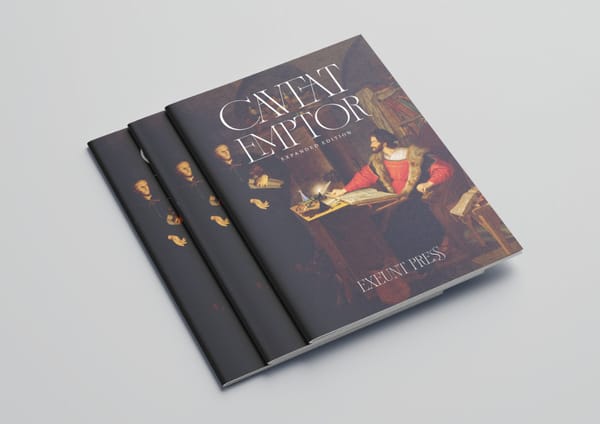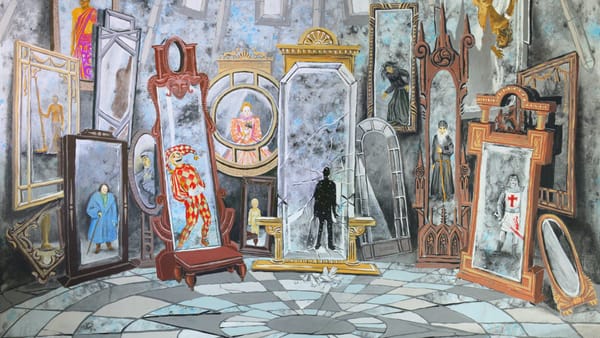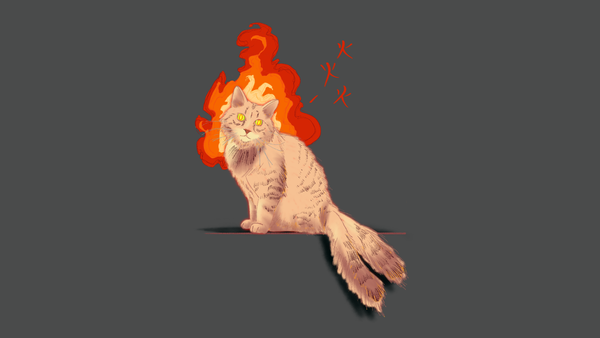Team Relationships
A procedure for creating a shared history during Session 0 that works across genres and systems.

Some groups prefer to role play their characters meeting for the first time, feeling each other out and developing their connections organically. While I appreciate that preference, for my group of introverts, meeting other characters can feel as awkward in fiction as it does in real life. Therefore, during our Session 0, we usually create a shared history.
For This Mortal Coil, I developed a procedure that I've subsequently used successfully with multiple groups having various levels of experience. It works in fantasy, sci-fi, and horror settings and with rules-light and crunchy systems.
First, one player rolls 2d6 or chooses a starting disposition for the group.
| 2d6 | Disposition |
|---|---|
| 2 | Dysfunctional |
| 3-5 | Wary |
| 6-8 | Comfortable |
| 9-11 | Friendly |
| 12 | Tight |
Next, each player chooses one of the other players, and then rolls 1d6 or chooses one of the following options:
- You see their character as your closest friend. They get to decide how your friendship came about and how close they feel to you.
- You owe them a debt of some significance. They get to decide what the debt is for and how hard it will be to repay.
- You have been rivals in the past. They get to decide what the rivalry was about and how you’ve set that aside.
- You have been dreaming about them. They get to decide what the dreams are about and how they fit into them.
- You worked together. They get to decide what your working relationship looked like and how you felt about each other.
- You admire their abilities. They get to decide what talents of theirs you admire and how you’ve been expressing your admiration.
I've deliberately left vague the logistics of who chooses whom. Some groups might like to go around the table and have each player pick the person to their left (or right). Others might say that whoever gets chosen gets to pick the next player. In groups with a high level of trust, one player's character might emerge as the connecting thread if multiple other players choose them.
What's important is that no player gets to impose the specifics of a relationship on another. Even in the first option, where one character views another as their closest friend, the chosen player gets to determine the qualities of that relationship. They may not reciprocate the closeness — they might consider the other character a mere acquaintance or be annoyed by the other character's constant attention. Or, they might respond in kind, exchange friendship bracelets, and become best friends forever.
If you use this process to create a shared backstory the next time you start a new campaign, I'd love to hear about it.
Happy gaming!
Dave





